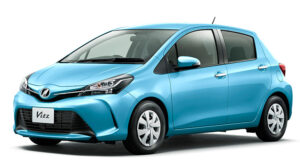A hatchback car is designed to seat at least five passengers—sometimes holding up to nine people. When choosing the right hatchback car, you must consider certain factors. The first is the safety features of the hatchback car for sale. A hatchback vehicle with advanced safety features ensures passengers are free from danger.
Secondly, hatchback cars built by high-quality, reputable brands are better. They are more reliable than those from less-known brands. Vehicles in this category are also easier to repair, service and maintain. Most importantly, you should choose a vehicle that offers what you want at a reasonable price.
In Africa, where hatchback cars are common, it comes as no surprise that several countries import these vehicles from Japan. The reason is simple: Japanese car exports meet all these requirements.
Usage of hatchback Cars
Hatchback vehicles are one of the most versatile types of cars. They owe their popularity, in part, to their countless uses in daily life.
- Personal Transportation: A hatchback car offers spacious interiors, multiple seating options, and ample cargo space. Individuals often use them to commute to work, school and recreational activities without compromising convenience.
- Commercial Purposes: It is not uncommon to use hatchback cars to transport people or goods, as a form of business. In Zambia – the continent’s leading user of hatchback cars – these are primarily used to transport passengers and as taxis.
- Emergency Services: Firefighters, police officers and paramedics sometimes rely on hatchback cars as they can easily be furnished with specialized equipment.
Popular Models
As individual needs may differ, the best hatchback car for sale ultimately boils down to your preferences. However, if you’re torn between choices, you can never go wrong with any of the hatchback car models below.
Toyota Vitz


The Toyota Vitz had a commendable 21-year run, ending in 2020. Known also for its subcompact build, several non-Japanese markets received the hatchback car for sale under the Toyota Yaris or Toyota Echo nameplate.
Interior & Exterior Features
The vehicle’s contoured lines, distinctive grill and stylish headlights and taillights make it easy on the eye. To allow for a larger load, the rear seats are foldable.
The Vitz strikes the delicate balance between convenience and safety by incorporating features like air-conditioning, rear Park Distance Controls (PDC), airbags and seatbelt pretensioners. Certain models may also offer integrated alarms, immobilizer systems, tilt-adjustable steering and remote central locking systems.
Engine Specs & Fuel Efficiency
The Toyota Vitz is renowned for its fuel efficiency, achieving up to 26.5 kilometres per litre (km/L) in some models. It is powered by a 1.0-litre naturally-aspirated 3-cylinder petrol engine, with a 5-speed manual transmission (5MT), generating between 65-75 horsepower.
Toyota Passo

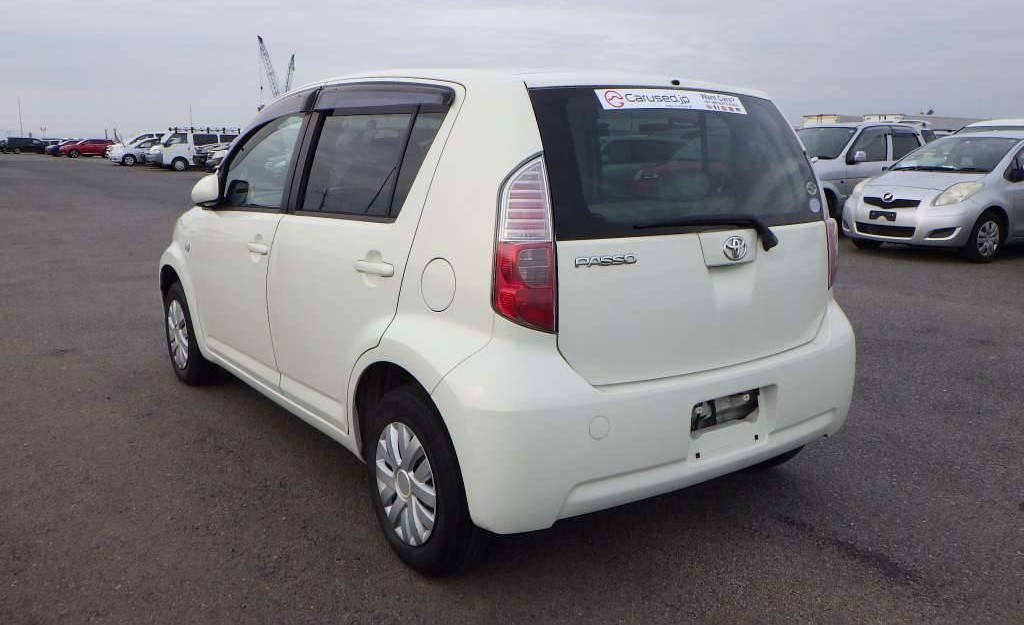
Similar to the Vitz, the Toyota Passo is another subcompact hatchback car that has been in production since 2004. Its pocket-friendliness has made it a popular choice in Kenya and Nigeria.
Interior & Exterior Features
The Passo’s exterior design follows Toyota’s signature styling cues. It features a small rectangular grille, together with angular trapezium-shaped headlights and vertical taillights.
Beyond the visual appeal, this outline also contributes to the car’s performance and fuel economy. Inside, the Passo offers a comfortable ride for both driver and passengers. It offers features like remote locking, stability control, an anti-lock braking system and dual airbags.
Engine Specs & Fuel Efficiency
The Passo is equipped with a 1.0-litre DOHC 12-valve inline-3 engine, producing 68 horsepower at 6000 RPM. It has a fuel tank capacity of 38 litres and has its fuel economy estimated at around 28km/L.
Toyota Ractis
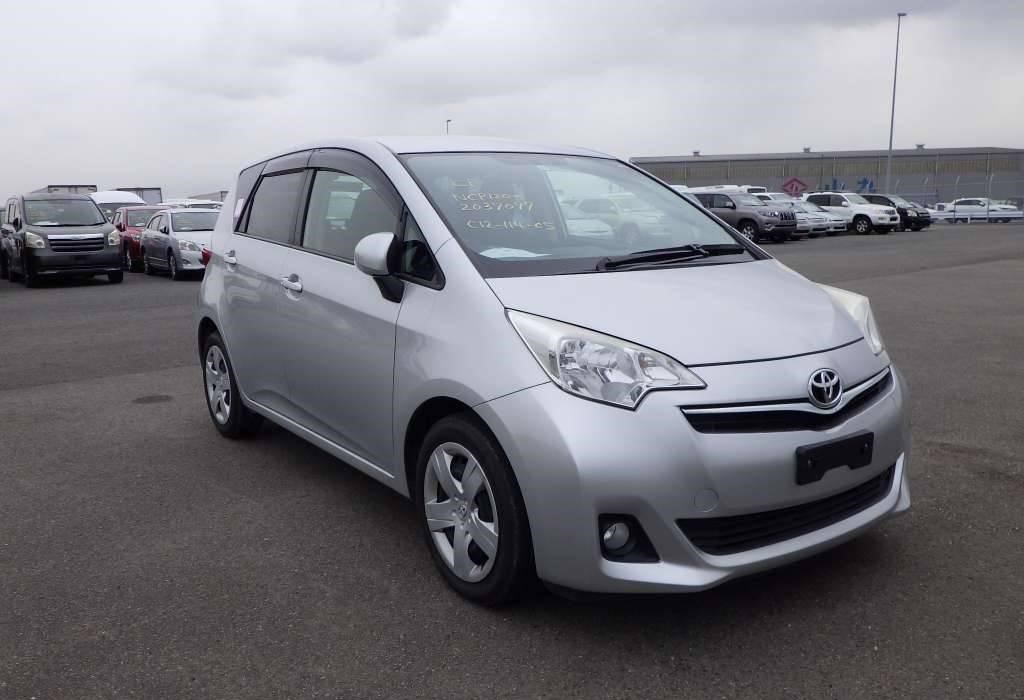
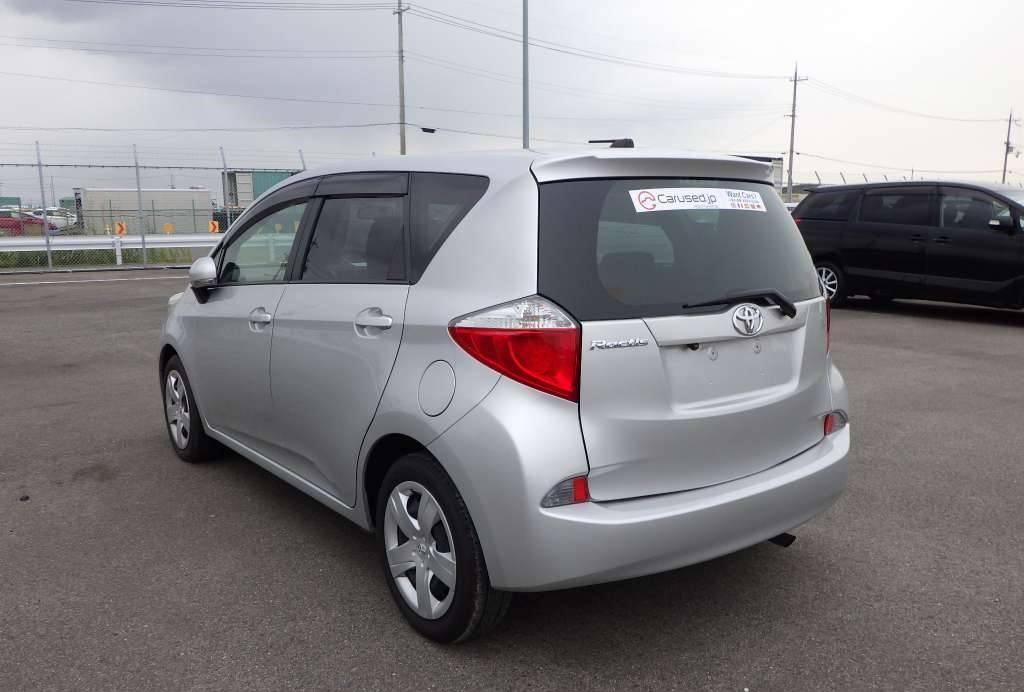
The Toyota Ractis has gained prominence in Uganda and Mozambique for its low cost of service and maintenance, where it is commonly used for family transportation. Toyota put up the hatchback car for sale in two generations. The first generation was sold from 2005 to 2010 while production for the second generation began in 2010.
Interior & Exterior Features
The Ractis boasts a comfortable cabin with generous headroom and legroom for up to five passengers. Also, much like the Vitz and Passo, the rear seats are foldable. Depending on the trim level, the Toyota Ractis offers advanced technological features. These include smartphone integration, Bluetooth connectivity and an intuitive infotainment system.
The Toyota Ractis exterior is optimized to reflect a modern style. It consists of either halogen or LED headlights, a more angular appearance compared to its predecessors, fog lights and rear spoilers in certain models.
Engine Specs & Fuel Efficiency
The Ractis comes with efficient engine choices. The 1.3-litre I4 (petrol) engine generates around 87 to 110 horsepower. The 1.5-litre I4 (petrol) engine produces 109 horsepower. And the 1.4 litre I4-T (Diesel) engine produces 90 horsepower. The fuel efficiency of this passenger car is commendable with the 1.3-litre engine averaging around 11-13 km/L while the 1.5-litre engine delivers approximately 15.2km/L.
Toyota Raum
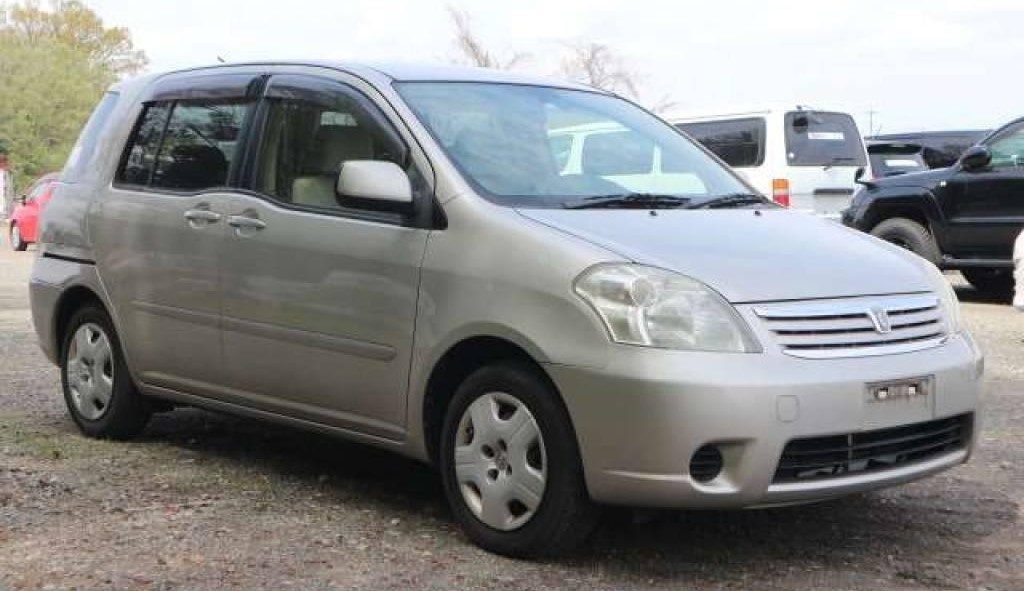
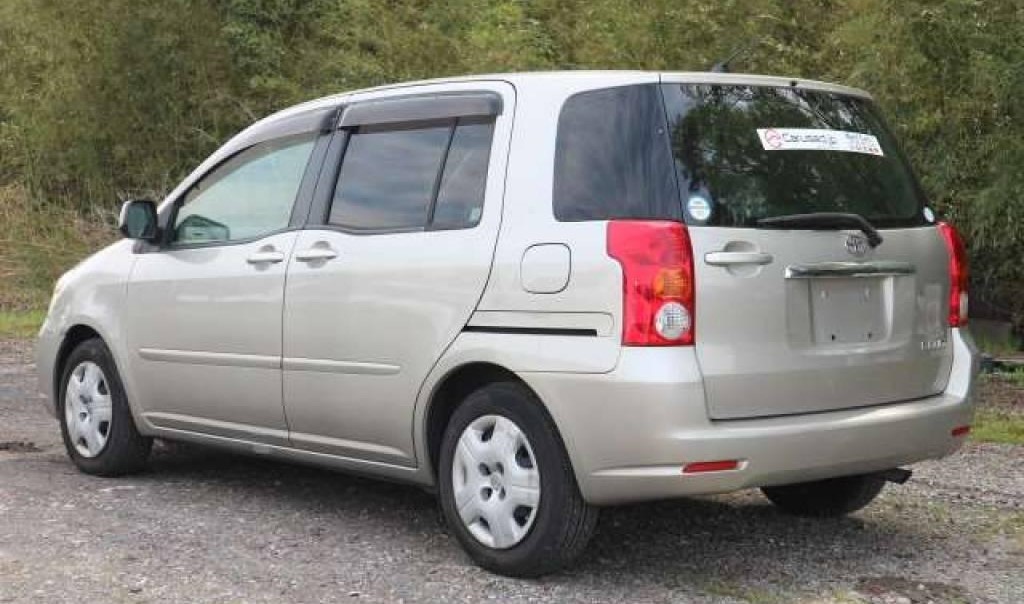
The Toyota Raum’s versatility and practicality have made it one of the top hatchback cars in Tanzania. It was first produced as far back as 1997 and was discontinued in 2011. Like the Ractis, the Toyota Raum experienced two innovative generations, with the first ending in 2003.
Interior & Exterior Features
The Raum stands out with its cool sliding doors instead of regular back doors. This makes it easier to get in and out. It also has some nicer features like a built-in navigation system, power steering, and power windows for a more comfortable ride. Plus, its boxy shape gives you lots of space inside!
Engine Specs & Fuel Efficiency
The Toyota Raum is equipped with a 1.5-liter inline 4-cylinder engine that generates 109 horsepower (HP) at 6000 RPM. It has a fuel tank volume of 45 litres and a fuel economy of approximately 9.09 kilometres per litre (km/L) for urban driving and approximately 14.29 km/L for extra-urban (highway) driving.
Mazda Demio
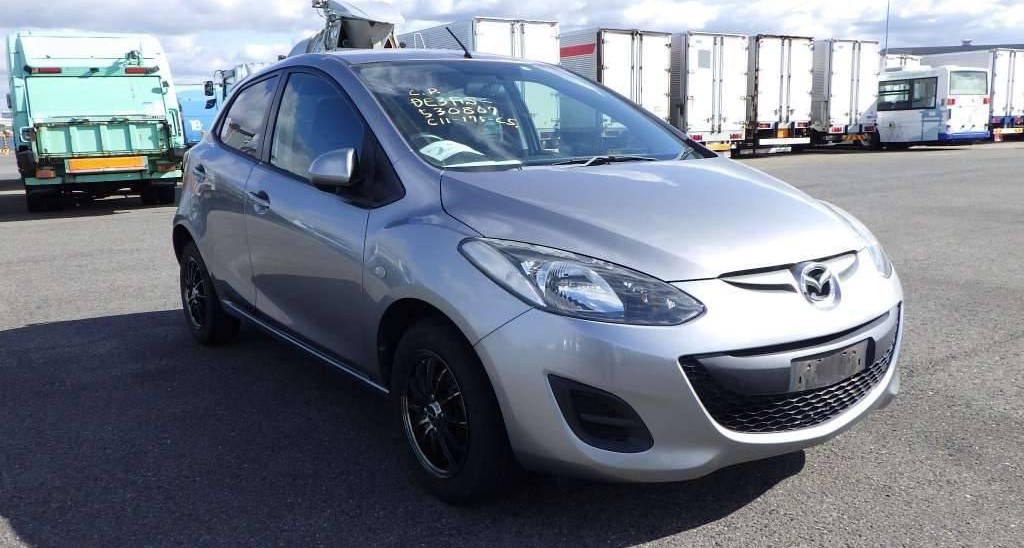
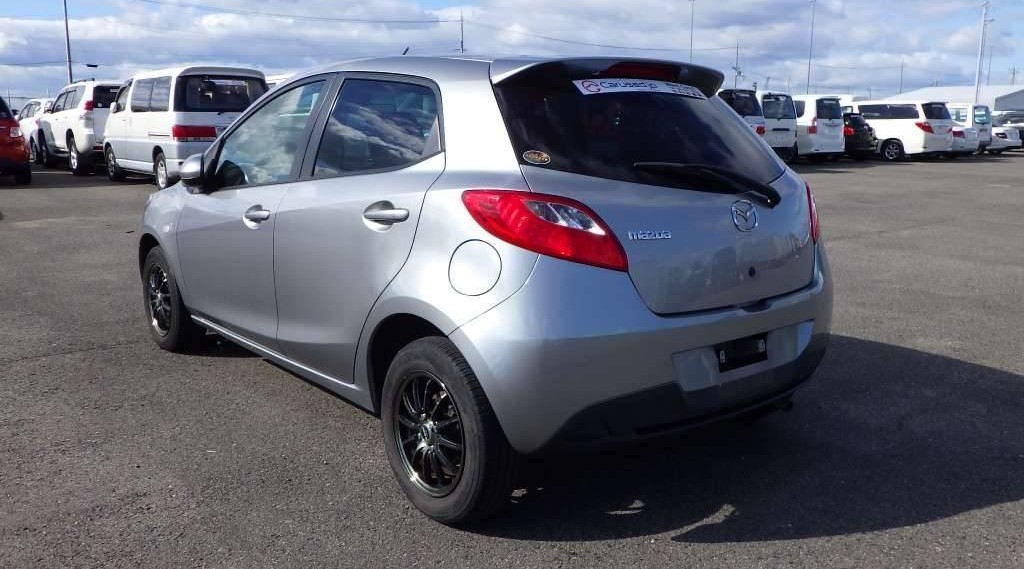
The Mazda Demio is the oldest hatchback car for sale in Japan on this list. Manufactured since 1996, it fits into small roads and is believed by Nigerians to be ideal for commuting within cities. While its noisy engine might have earned it such a low spot on the list, it still has a lot to offer.
Interior & Exterior Features
First, the Mazda Demio boasts a dynamic design with sleek lines, a sculpted body, and an expressive front grille. But beyond its external appeal, the passenger car incorporates certain signature Mazda technologies, power windows, a centre display, an Intelligent Drive Master, an anti-skidding drive mechanism and a traction control system.
Engine Specs & Fuel Efficiency
The Mazda Demio is equipped with several engine options. The 1.5-litre, 4-cylinder engine delivers 75 horsepower. The car has a fuel capacity of 40 litres and an approximate fuel efficiency of 14-15 km/L.
Honda Fit
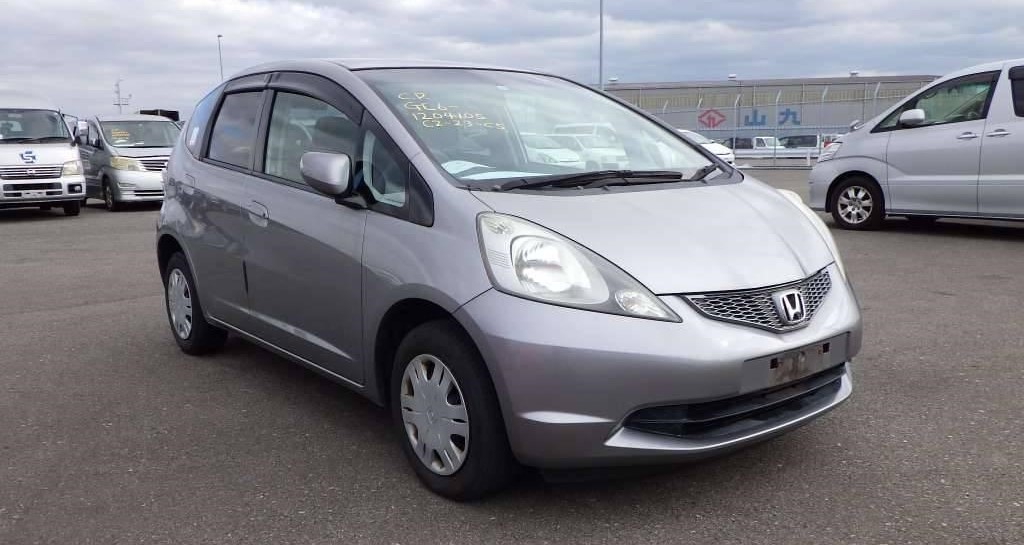
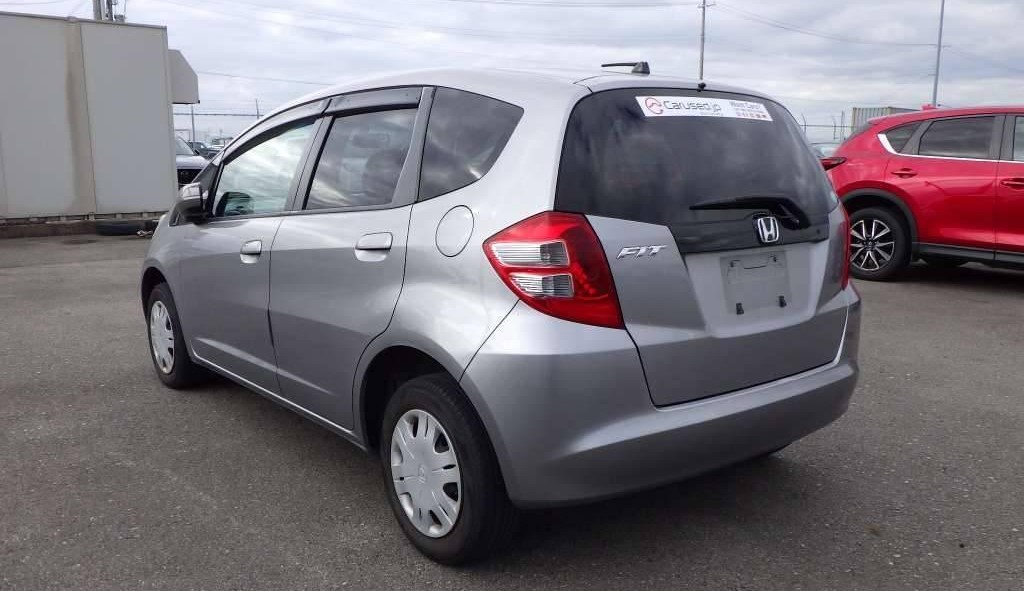
The Honda Fit is also referred to as the Honda Jazz. The Fit is extremely popular across different regions of the world—and for good reason. One of the many reasons for this is its hybrid option that encourages the reduction of carbon footprints.
Interior & Exterior Features
The car offers more than enough space for its passengers and cargo, thanks to the ‘Magic Seat’ technology. Some other features available on certain trims are Bluetooth connectivity, an audio system and other intuitive controls. Sunroofs, fog lights, and LED headlights (on higher trims) further enhance the Jazz’s functionality and style.
Engine Specs & Fuel Efficiency
The Honda Fit comes with an efficient 1.5-litre inline-4-cylinder engine, generating between 105 to 110 horsepower. The vehicle has a fuel capacity of 40L. The Fit also delivers outstanding fuel efficiency, achieving up to 33 kilometres per litre (km/L)
Conclusion
Remember, safety, brand trust, and price are important when choosing a car. Luckily, all these Japanese picks tick those boxes! So, whether you need space, speed, or fancy features, there’s a perfect car waiting for you in Carused.jp



